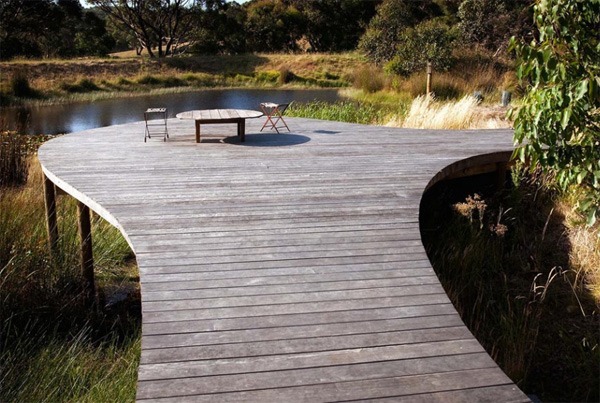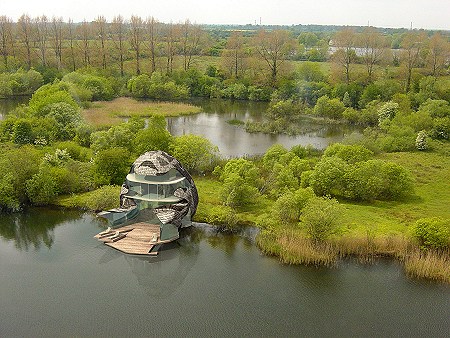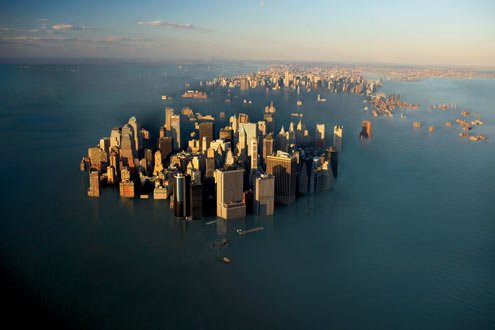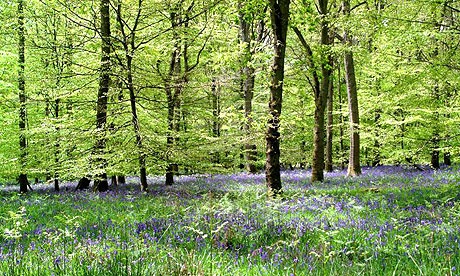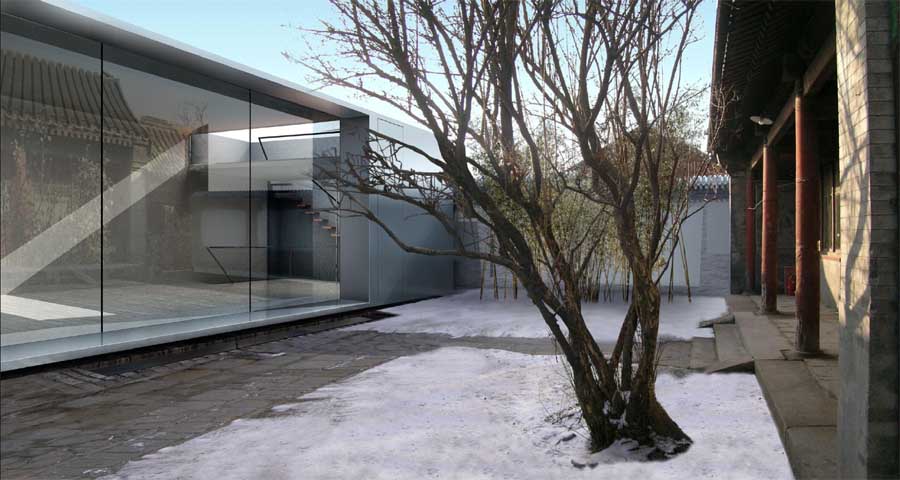So what is the sustainable aesthetic about? I suggest a few characteristics might be common to the sustainable garden aesthetic:
* mimicking nature
* minimal interference with the landscape
* native plant selection
* eco-material selection ie timber and stone
* bushland settings
* curved lines
* low water, low chemical and low maintenance
* absence of paths, boundary fences and made roads
For a garden see: http://www.e-ga.com.au
For a plant aesthetic see: http://www.flickr.com/photos/42478440@N00/517961141
For an idea of how art & sustainability (green design) might have a more dramatic relationship also see the El Molino garden, a blend of formalism and naturalism http://www.anthonyexter.com/gardens/el_molino/2.php which possibly focuses on reduced resource use (water and energy) and plant selection , rather than a strictly natural aesthetic in the form, layout and background to the scheme.

